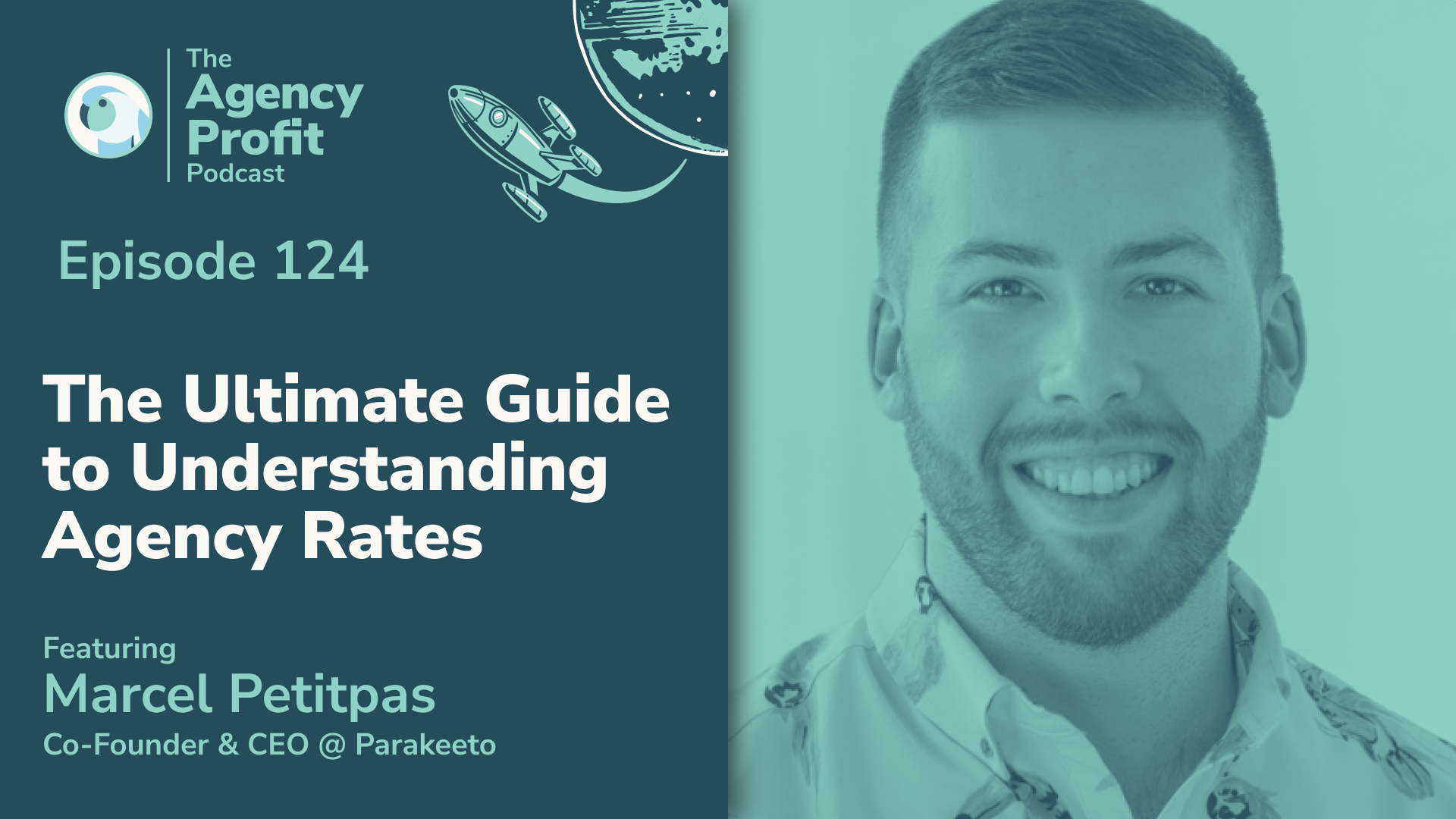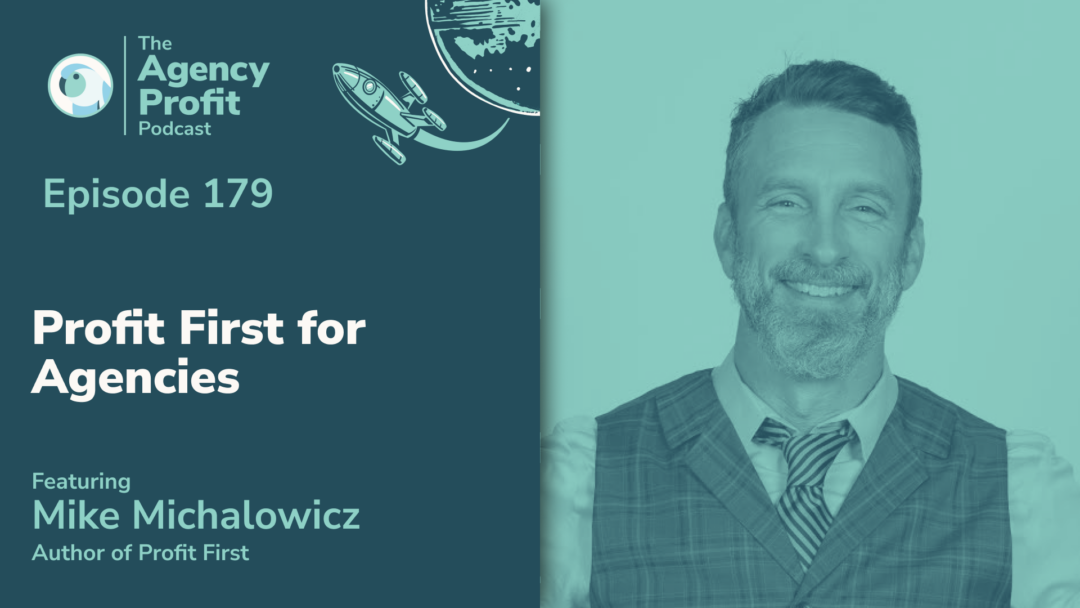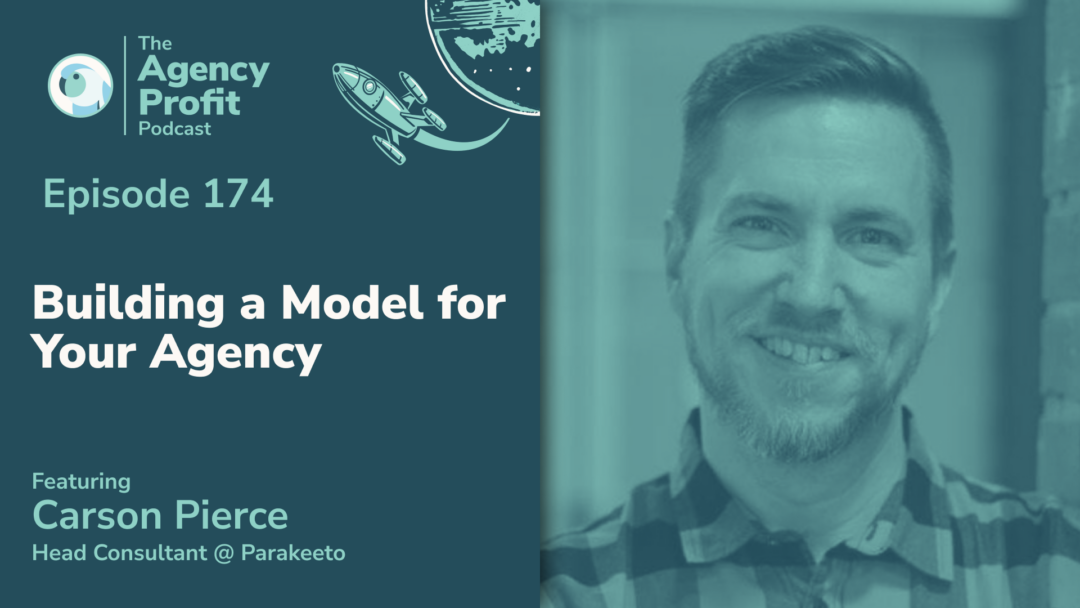Introduction
Rates are always a hot topic in the agency space. In this post, we’re going to cover all of the kinds of billable, target and actual rates you may be hearing about, helping you understand how to differentiate between them. Then, we’ll talk about what your rates should be – benchmarking them against what really matters, (spoiler alert, it’s not other agencies. These concepts will apply to your firm regardless of what services you sell, how you structure your team or what pricing model you chose to use.
History and Evolution of Billable Rates
Back from the beginning of the professional services industry, until around circa 2010, agencies predominantly billed on one model and one model only – T&M (time and materials). In fact, it’s likely your accountant and lawyer are still operating on T&M.
In that era, the primary operating principles of a firm were to ensure that they were always offering a reasonable but high rate, while keeping their utilization as high as possible.
Slowly, as professional services became more competitive and business models became more complex, so too did the way that they charged for their services. For example, flat rate or deliverable based pricing models allow firms to take on more risk, but capitalize on fixed scopes and efficiencies. Others have evolved to price based on value, taking on even more risk for a higher reward if successful.
Fast forward to the present day, and the majority of firms we speak to on a weekly basis have multiple pricing models, most of which include flat or value-based project fees and/or retainers.
So how does the concept of an “hourly rate” fit into this new context, where most firms have at least some part of their service offering being sold in a way that doesn’t really tie back to time and materials?
Let’s dig into the variations of rates.
What Is a Billable Rate?
A billable rate is the fee charged per increment of time, usually defined on an hourly basis.
There are three types of rates to pay attention to. Target rates, Billable Rates and Effective Rates.
Target Rates
These can be expressed via a rate card with different rates for different roles/disciplines/team members, or a blended rate across the whole agency. They could also be expressed as an expected rate.
Most agencies are actually basing these numbers on what their competitors are doing. In reality, it’s not important what they’re doing. What matters most for you is that your margins are healthy. You’re going to want to aim for at least a 70% delivery margin on your target rate (stay tuned on how to calculate this). This will ensure that you have enough cushion baked in for time off, sick days, lapses in utilization, and overhead expenses, to hit our recommended 20-30% net margin on your P&L.
Billable Rates
The billable rate is what the client is charged, converted to a rate format based on Billable Hours. This will mostly be used in the context of billing by the hour, when you send an invoice to a client, what is the rate you’re billing them for. This should be the same as your target rate, but often it’s not. Sometimes you’ll get negotiated down or have to discount because of client issues. In other cases, you may have the opportunity to charge more than your target rate as well.
The billable rate is based on the number of billable hours logged by your team, not necessarily the number of hours worked on a project. There are some cases where you may work additional time on a project that isn’t actually billed to the client
Delivery Hours vs Billable Hours
Billable hours are hours you charge the client for. What did the invoice say when you sent it to them? How many hours were on it? Those hours are considered billable hours. Delivery hours are all the hours required to do the work.
For many agencies, these numbers will be different on most projects, regardless of what the billing model is.
For example, suggest we billed the client for 100 hours and made $15,000. Our Billable Rate was $150/hr, however, it took us 125 hours to do the work, not 100. In other words, we ate the other 25 hours. Therefore our Average Billable Rate or Effective Rate was:
15,000 / 125 = $120/hr
Three most common reasons that your Average Billable Rate might not match your Billable Rates would be:
- Not billing for overages
- Justifying pricing increase or scope change
- Trying to measure planned vs unplanned overages
For example, hours that were not budgeted for or that were the result of an internal issue may not be marked as “Billable” but would still be considered Delivery Hours.
Effective Rates
An effective rate is the actual rate that you’re making after you consider the Delivery Hours your team has invested into a project. That is to say, the total amount of time your team spent on a project regardless of how many hours were billed to the client. We at Parakeeto refer to this as ABR (Average Billable Rate) while others refer to it as an Effective Hourly Rate or Actual Billable Rate.
This is by far the most important rate of the three, especially because it applies to any kind of pricing model and service offering. It doesn’t care about what’s in scope, what’s out of scope of how you billed the client. All it cares about is the objective reality of how efficiently you earned revenue across a given time period, or section of client work.
The formula for you ABR or Effective Rate is:
AGI / Delivery Hours
We already know that Delivery Hours are simply any time your team spent delivering a project, regardless of what was billed. AGI is just your revenues on a project–less any Pass-Through Expenses, which is revenue that you’re collecting and passing onto an external vendor (think print budgets, ad spends, etc.)
ABR is a very effective way to start comparing your projects, clients, services, departments, etc. against each other, because of its simplicity to calculate and the directional insight that it gives.
Even better, you can use your ABR metric to estimate the Delivery Margin that you’re looking for on a project (remember, 70+ is what you’re aiming for). You can use this by applying your ABR to your Average Cost Per Hour (ACPH) number.
Estimated Delivery Margin = ACPH / ABR
For example, if you’ve got an ACPH of $50 for your team, and an ABR of $100, you know that your Estimated Delivery Margin on a project is going to be 50%. What does that mean? You’ll need your ACPH to drop or your ABR to rise to hit that 70% Delivery Margin target.
2 Steps to Determine Your Billable Rate
A question we get all the time is “what should my rates be?”
Let’s unpack the math behind determining the appropriate targets to set for your rates in order to give you the best chance at being profitable. The mistake we see most firms make is they set their rates or target rates based on what the competition is doing, but never take the time to consider whether or not those rates are seeing them up for success at the margin level.
Thankfully for you, determining the minimum rates you need to charge in order to be successful is as easy as 1, 2… that’s it, just two steps.
Step 1: Determine your ACPH
Your Average Cost Per Hour can be on a team-member basis, or blended across the agency. Let’s go with the ladder for simplicity’s sake.
ACPH = Total Annual Comp / Total Annual Capacity
If your team looks like this:

Then you can decipher your ACPH by taking your Total Annual Comp number (that’s this team members salary + benefits + bonuses + commissions and payroll taxes) and dividing it by the amount of hours they work in that year (which is typically 2080 hours a year for a standard 40 day work week). This will give you your ACPH:

Did you know: ACPH is an automatic calculation that happens for free in our agency model generator, part of the free Agency Profit Toolkit:

Grab yours for free here:
Step 2: Aim for at least a 70% Margin
After you’ve got your ACPH numbers, you can use a simple formula to see what you’ll need to reach your desired 70% Delivery Margin.
The easiest way to do this is to multiply your ACPH by 3.5x and round up. If we’ve got an ACPH across the team of $54/hr, then we know that we’re going to need a billable rate that is 3*54 = $162/hr at minimum, rounded up to say $175/hr.
A more precise formula to get there is to use the following formula:
Billable Rate = ACPH / (1 – Delivery Margin Target)
Applied to our scenario at hand:
Billable Rate = 54 / (1 – 0.70)
Billable Rate = $180
To achieve your margin, your billable rate should be at least $180/hr.
By targeting a 70% margin, you’ll have enough margin in your hourly rate to account for Utilization and Time Off (usually 10-20%) and overhead (usually 20-30%) and still land at a healthy bottom line as an agency.
A note for the project manager in the room that’s having an aneurysm right now: I know what you’re thinking “How can you set Average Cost Per hour based on Total Capacity?! What about Utilization, time off, and overhead?” You care about the details, and we love you for that…
Don’t worry, we’re not forgetting about those things, they are factored into the overall framework – just not at the ACPH level.
Those costs are factored into the delivery margin target. Not only does this dramatically decrease the cost and complexity of measuring ACPH, it also allows us to make our measurement of margin and ACPH horizontally consistent, since we’re not constantly changing it to account for externalities that are constantly in flux (utilization and overhead).
While this may seem less precise, it’s both more accurate and more operationally cost-effective.
Key Factors Influencing Billable Rates
There are two main levers that you can use to increase your ABR.
- Increase the price without an equivalent increase in scope.
- Decrease the scope of work without an equivalent decrease in price.
If you can’t increase ABR, you could also lower your ACPH. If you’re able to create clear enough processes that makes your team more efficient (or allows sufficient clarity for lower-cost team members to do the same work) you’ll be lowering that CPH metric and therefore increasing your profitability.
Whichever route you choose, you’re going to want to ensure that you’re hitting that 70%+ Delivery Margin when you’re setting your target rates, and most importantly, when you’re measuring your Average Billable Rates / Effective Rates.
Tools and Tips to Monitor and Adjust Your Billable Rate
To monitor and adjust your rates as time goes on, let’s circle back on making sure we know that there are three rates to look at: target, billable and ABR.
You’ll need to start tracking your team’s working hours which will be an input in calculating your average billable rate as time goes on. You’ll want to do this through an industry leading time tracking tool such as Toggl, Harvest or Everhour.
Measuring your target will be easy, as each time you generate your estimate you’ll be able to calculate your expected (target) rate. Just ensure you’ve got the inputs you’ll need to get there (your AGI on the project, your expected time to deliver on it, along with your team’s ACPH) and you’ll be golden.
Note: tracking these numbers and lining them up with estimates is exactly what we do at Parakeeto, so you don’t have to. Reach out if this is something you’d like to discuss with us!
Potential Challenges with Billable Rates
A few things for you to consider:
- Your rates can easily go stale without you knowing. Install a cadence, otherwise it may get away from you.
- Billable Rates and Target Rates can be misleading. Focus on your Average Billable Rates (ABR) above all else.
- Your rates can also create confusion and/or resentment among team members when the team is focused on hourly rates, they may be confused as to why the company is or isn’t as profitable as it should be despite achieving or charging rates that seem high relative to the competition. They may also lack the context to understand all the other costs that are being covered by your rates beyond what they are being paid. Finally, it’s easy to confuse billable rates and target rates relative to effective rates or average billable rates.
- Billable Rates can also lead to bad pricing and scoping hygiene, if you’re continually lowering your price and/or scope to meet a budget. It’s important to remember to focus exclusively on margin when setting pricing, and only use rates as a pricing mechanism if/when it’s appropriate.
Conclusion
In conclusion, rates (understandably) can be confusing. They’re fun to talk about and extremely important for your business to continually tweak. Set yourself up to be able to tweak these numbers by monitoring your ABR (remember, this applies no matter what billing model you have) and even better your Estimated Delivery Margin.
Set a cadence to continually check in on it, and ensure that you’re setting yourself up for a healthy profit margin on every project from now on.
- It’s important to differentiate between the different kinds of rates
- If you’re going to measure anything, measure your ABR. It applies no matter what kind of billing model you have.








0 Comments